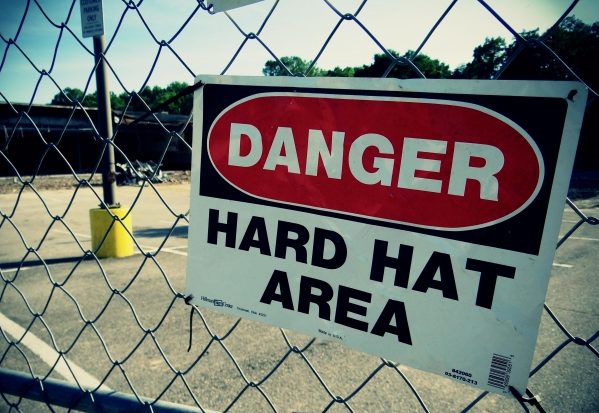 Construction is an inherently dangerous industry, and demolition is one of the most dangerous jobs in construction. Destroying existing structures can be a treacherous activity. Nevertheless, many demolition accidents could be avoided if employers planned ahead to protect their employees, provided proper safety equipment, and trained workers on its use.
Construction is an inherently dangerous industry, and demolition is one of the most dangerous jobs in construction. Destroying existing structures can be a treacherous activity. Nevertheless, many demolition accidents could be avoided if employers planned ahead to protect their employees, provided proper safety equipment, and trained workers on its use.
What Tools and Materials Are Used in Demolition?
Demolition workers use explosives placed strategically inside buildings to create an implosion that brings the structure down. This process creates tremendous amounts of falling debris, containing materials such as concrete, stone, wood, pipe, and rebar. It can scatter in all directions, potentially injuring workers.
Heavy equipment such as backhoe loaders, bulldozers, hydraulic excavators, compact track loaders, articulated trucks, and dump trucks are frequently used in demolition. Construction workers doing demolition work also use a variety of tools, including reciprocating and circular saws, rotary and jack hammers, cordless drills, and angle grinders.
What Hazards are Associated with Demolition?
Demolition comes with hazards that are unique to the job, including:
- Toxic materials hidden within the structure, such as asbestos, lead, silica, or heavy metals
- Hazards created by demolition methods, including exposure to noise, vibration, and dust
- Modifications that altered the original design of the structure
- Changes to the design of the structure introduced during construction
- Unpredictable strength or weakness of construction materials, including post-tensioned concrete
What Are the Most Common Types of Accidents for Demolition Workers?
Construction workers doing demolition can be injured in many ways. Some of the most common accidents occur when:
- Falling debris from a controlled implosion hits and injures workers: This can happen when explosives are used to take down a structure.
- Walls, floors, or staircases collapse prematurely: This type of accident is most likely to occur when the original design of the structure has been altered and the demolition crew lacks the knowledge needed to do the job safely.
- Building materials are recycled: Large holes may be cut in walls so materials can be more easily moved in and out for recycling purposes. This puts workers in closer contact with the building during demolition, rather than using explosives or machinery from a safe distance.
- Workers are exposed to toxins: Exposure to lead or asbestos is more likely to occur when older buildings are demolished.
- Gas and coal dust explode: Although fuel sources are typically removed from a building before it is demolished, there may still be some present, particularly when pipes have been leaking and are built into the structure. In this case, a spark can cause an explosion.
What Safety Practices Are Needed to Keep Demolition Workers Safe?
Demolition workers must be provided with personal protective equipment (PPE). This includes safety goggles, face protectors, safety-toed boots, hand protection, hardhats, and hearing protection. Respiratory protection may also be needed when toxic materials are present. Personal fall arrest systems are required when demolition work is being done at an elevation. Employers should train demolition workers in the hazards they are facing and how to properly use protective equipment. They should also plan ahead to make demolition projects safer for workers.
How Is Liability Determined for NY Demolition Accidents?
Construction workers injured on the job are entitled to workers compensation benefits. In addition, employers, contractors, or third parties may be held liable under certain New York negligence laws if a dangerous condition caused the worker’s injury and the employer, contractor, or third party should have known about and corrected the dangerous condition.
If you have been injured or lost a loved one in a demolition accident, contact the NY demolition worker injury attorneys at Wingate, Russotti, Shapiro, Moses & Halperin, LLP at (212) 986-7353. We can explain your options under the law and help you pursue the maximum compensation available.